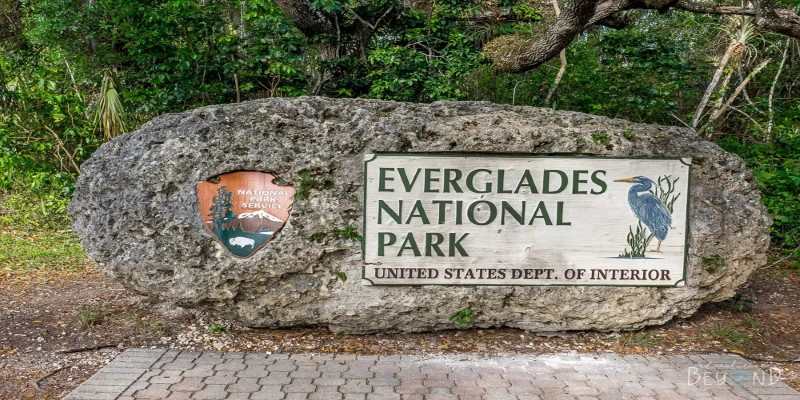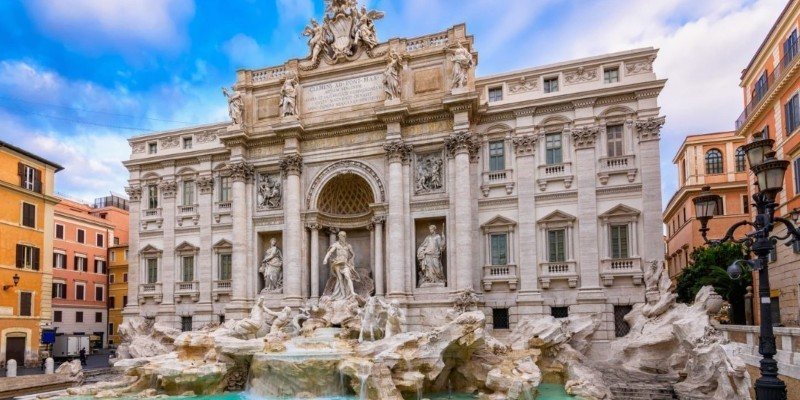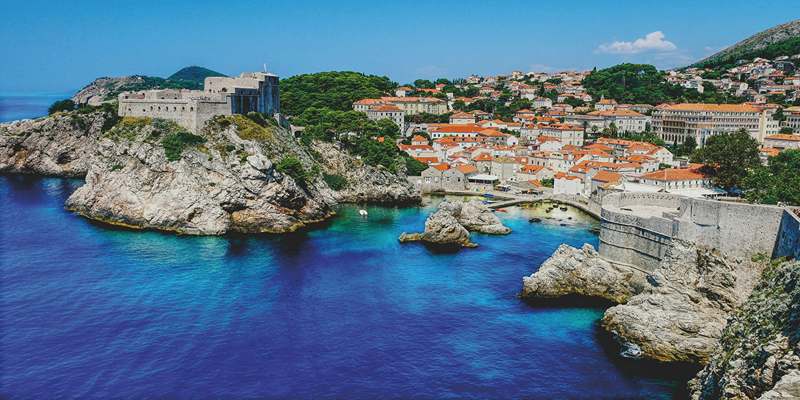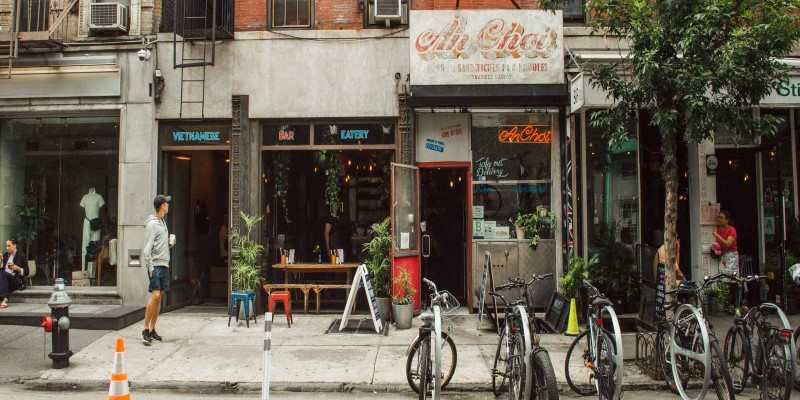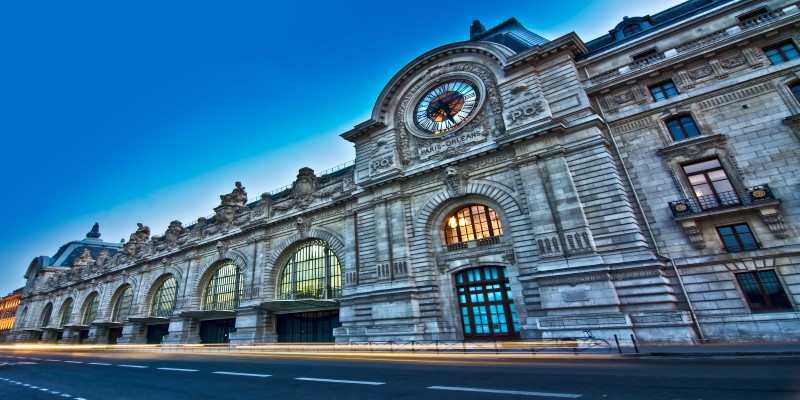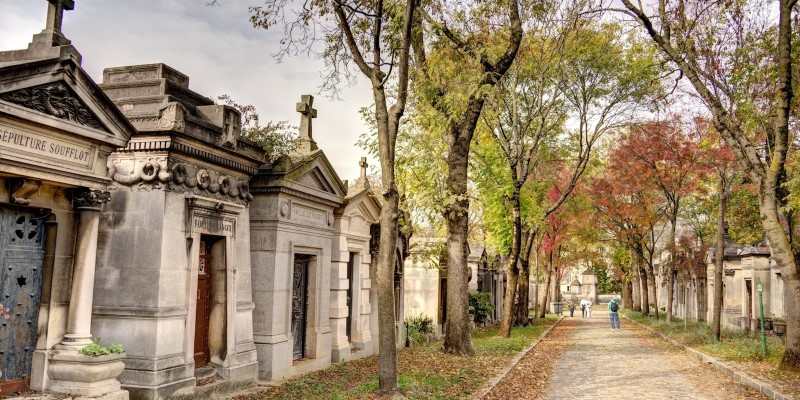If you're looking for something in Paris that’s not surrounded by lines or selfie sticks, Père Lachaise Cemetery might be your quiet escape. It doesn’t promise grand arches or sweeping river views, but it does offer a different kind of beauty—still, steady, and oddly calming. You won’t hear much noise beyond footsteps on gravel or the rustle of leaves overhead. That’s the tone here. It’s not sad. It’s thoughtful.
Where the City Slows Down
Père Lachaise wasn't always this popular. In fact, when it opened in 1804, nobody wanted to be buried there. It was too far from the city center at the time, and people preferred more central churchyards. But then someone had a clever idea: move some famous people in. Molière and La Fontaine were quietly reburied here, and suddenly, everyone wanted a plot.
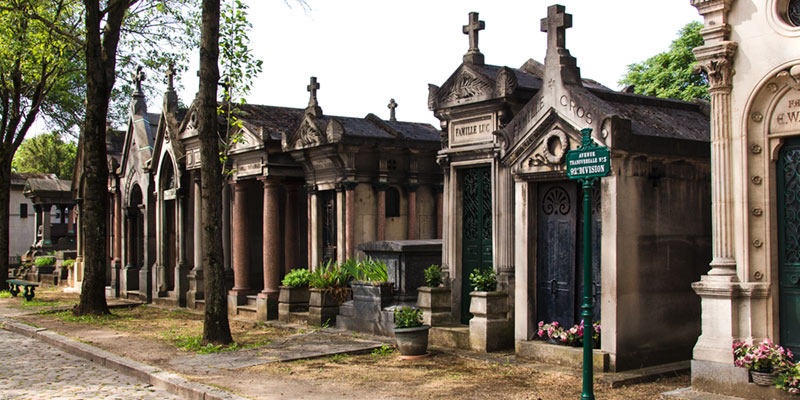
Now, it's the resting place of over a million people. Some names you'll recognize—Oscar Wilde, Edith Piaf, Jim Morrison. Others, you probably won't. But what makes this place stand out isn't just the people. It's the way everything is laid out: narrow paths, wild ivy, family tombs that look like tiny chapels, and angels missing arms or faces. Time has chipped away at everything here, but not in a rushed way. It feels earned.
Walking Through the Cemetery
You’ll want a map. You can get one at the entrance or pull one up on your phone. There are over 70,000 tombs, and while getting lost has its own charm, it helps to know where you’re going if you’re hoping to visit someone specific.
Start at the main entrance on Boulevard de Ménilmontant. This gate is closest to the Philippe-Auguste metro stop and puts you right near some of the better-known graves. You’ll notice right away that this doesn’t look like a typical cemetery. There are full-on mausoleums here—some with stained glass, others with rusted gates and cobwebs like something out of a movie. The older parts feel untouched, while newer sections are cleaner and more structured.
Jim Morrison's grave is the most visited. It's modest, surrounded by a little iron fence that barely holds back the tributes—guitar picks, candles, old notes, ticket stubs. There’s always someone standing nearby, sometimes quietly, sometimes singing.
Oscar Wilde’s tomb is impossible to miss. It's shaped like a winged figure and once was covered in lipstick kisses until the city put up a glass barrier to protect it. It still gets plenty of love—flowers, letters, and a kind of steady appreciation from visitors who pause a little longer.
Edith Piaf is buried further in, in a much simpler plot. It’s not flashy. There’s something fitting about that for her. There are usually fresh flowers, though. People remember.
The Hidden Stories
Some of the most touching graves here belong to people you've never heard of. Small plaques, faded portraits, messages in careful cursive. Some are family tombs with multiple generations inside. Others are for children, marked with stuffed toys or drawings. There's one grave with a rusted bike leaning up against it. Maybe someone used to ride here every Sunday.
There's an area dedicated to victims of war and a separate section for those who died in the Holocaust. These aren't just symbolic. They include real names and real people. If you walk slowly through these parts, you'll feel it—like a pause in the city's rhythm. You won't see cameras out. People just look.
How to Explore Père Lachaise Step-by-Step
Père Lachaise isn’t something you rush through. It’s better when you treat it like a walk, not a checklist. Here’s one way to see it without missing too much.
Step 1: Arrive Early and Choose the Right Entrance
The main gate on Boulevard de Ménilmontant is ideal if you want to visit the more famous graves first. Try to come early in the day—mornings are quieter, and the light filters through the trees in a way that adds something extra to the walk.
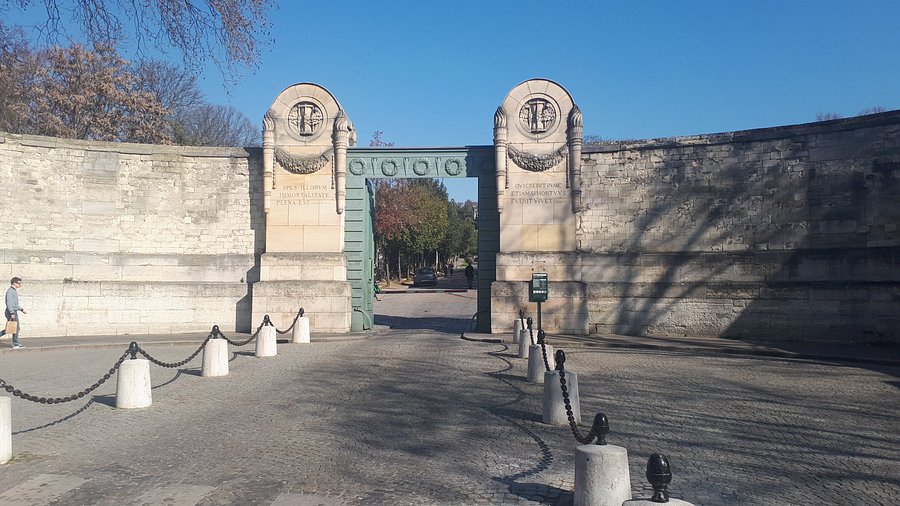
Step 2: Pick a Few Must-Sees, but Leave Room for Wandering
Choose three or four names you want to find. This keeps the visit focused without turning it into a scavenger hunt. After that, let the paths guide you. Some corners of the cemetery feel like they haven’t been disturbed in years. These are often the most moving.
Step 3: Use the Map, but Don’t Overthink It
The numbered sections are helpful but don't expect perfect logic. Some paths are narrow, unmarked, or loop back on themselves. If you make a wrong turn, it often leads to something worth seeing.
Step 4: Notice the Small Details
Some graves have metal medallions showing portraits. Others have carved poetry, sculptures of weeping women, or symbols that hint at who someone was. These tiny clues turn a name and date into a fuller story.
Step 5: Take a Break
There are a few benches tucked around the cemetery. Use them. Sit. Let the quiet settle in. Watch other people walk past—some with maps, others with flowers, a few just looking around without any plan.
Step 6: Exit Through the Side Gate
If you end near the Gambetta entrance on the north end, you’ll exit into a different part of Paris. It’s residential, calm, and feels far from the usual tourist routes. From there, you can either head back into the city or take a detour through one of the local cafés nearby.
Conclusion: What Makes It Stick in Your Mind
Some places stay with you because of how they look. Others because of how they made you feel. Père Lachaise falls into the second group. It doesn’t try to impress. It lets you discover things at your own pace. You don’t need a guide or a tour. You just need a couple of hours and a willingness to look.
It's easy to forget, in a city like Paris, that beauty isn't always bright or polished. Sometimes, it's chipped stone, moss-covered steps, and names you whisper out loud just to hear how they sound. Père Lachaise gives you space to think, not just about the people buried here, but about your own small spot in the world.


